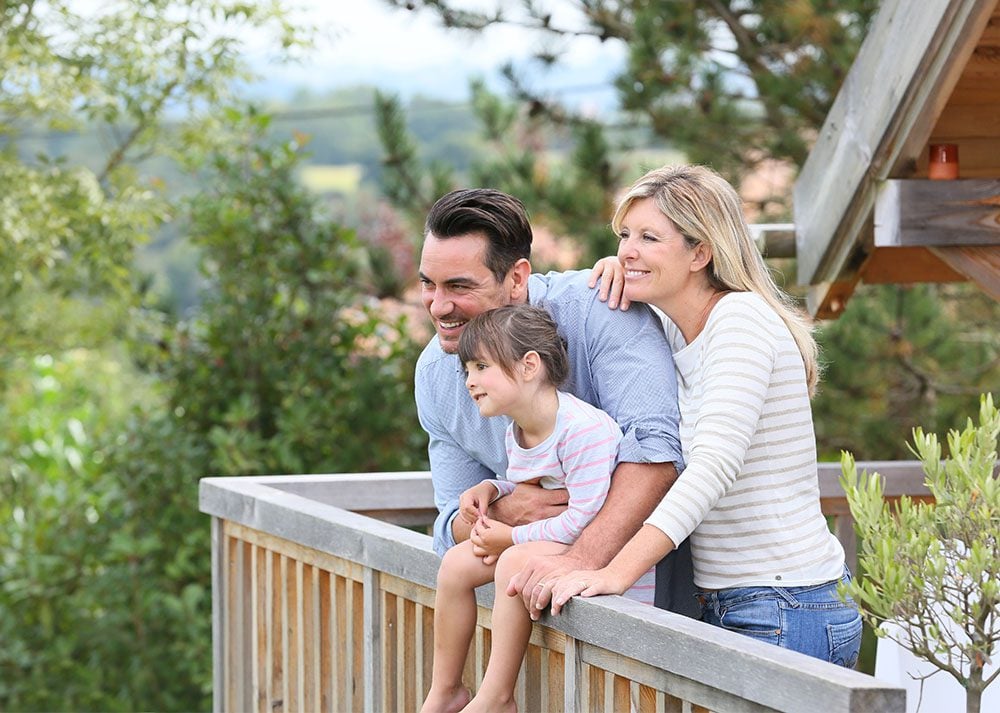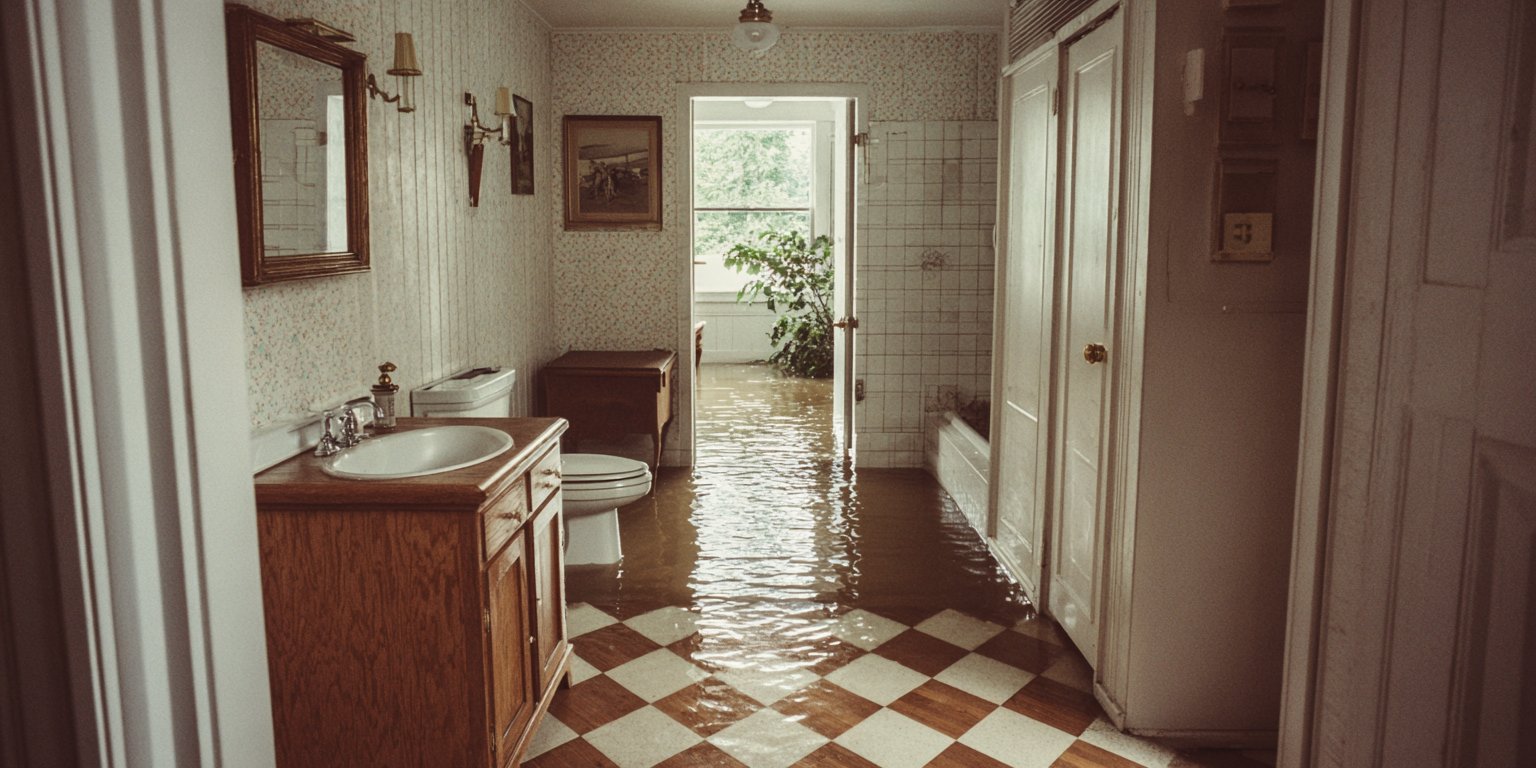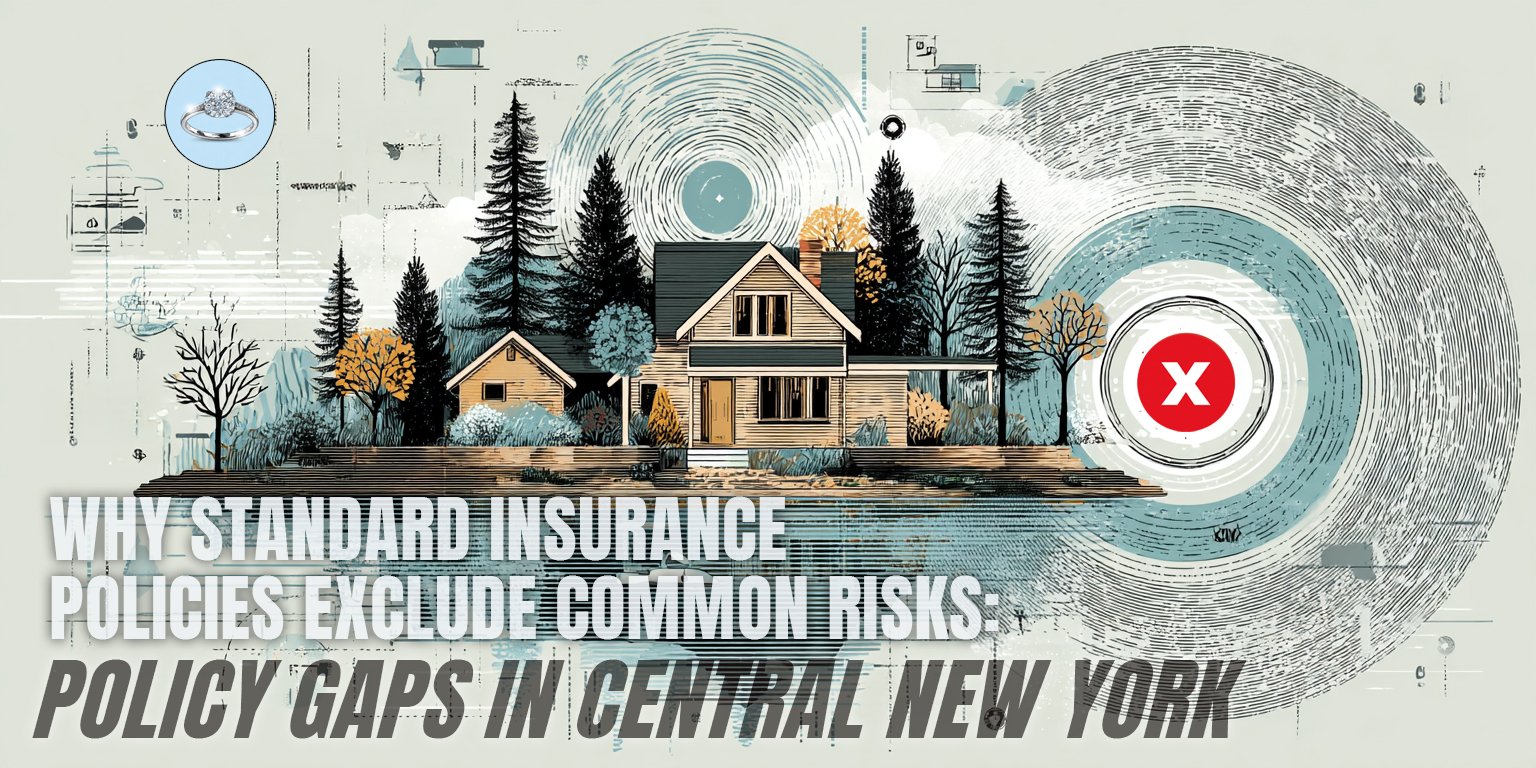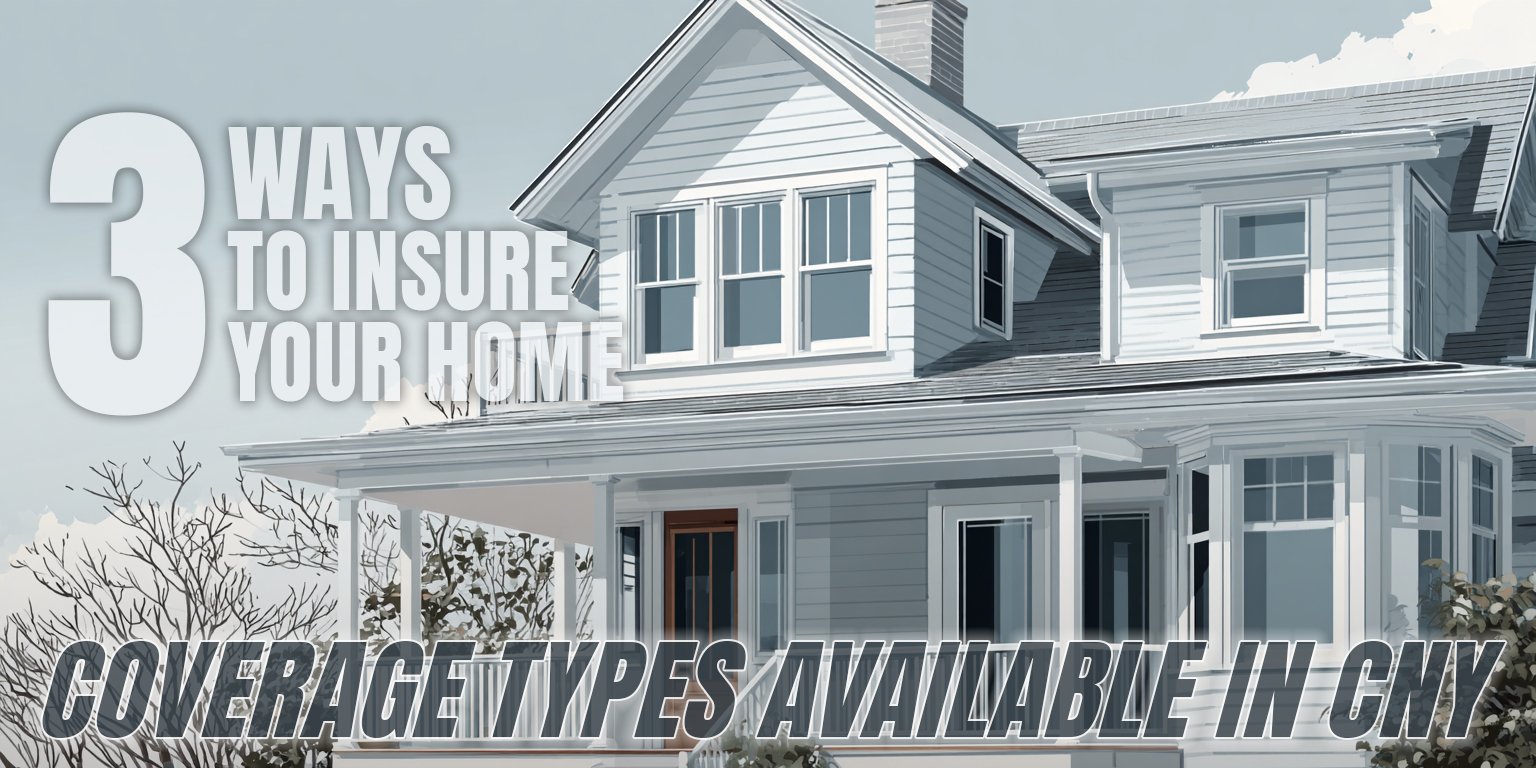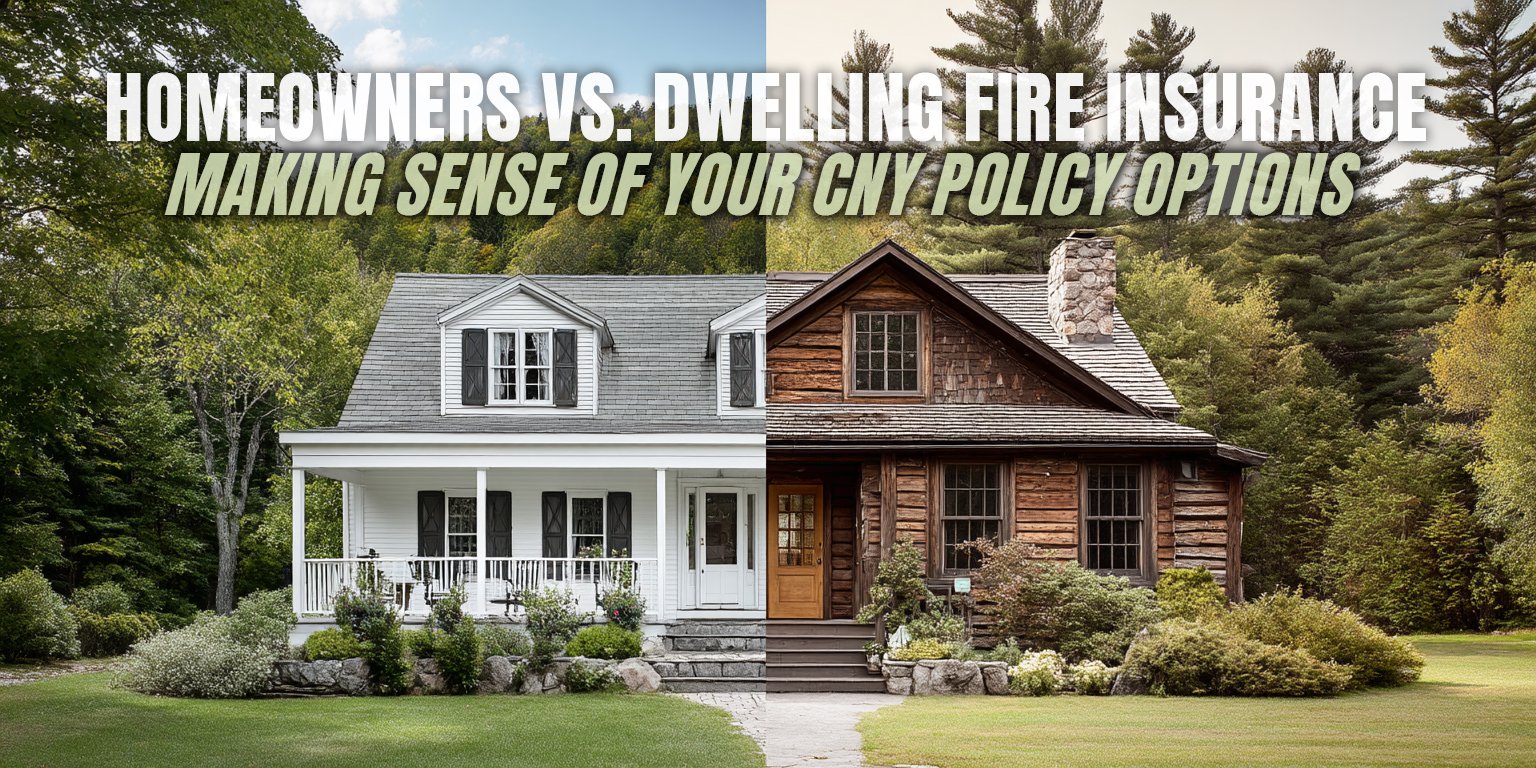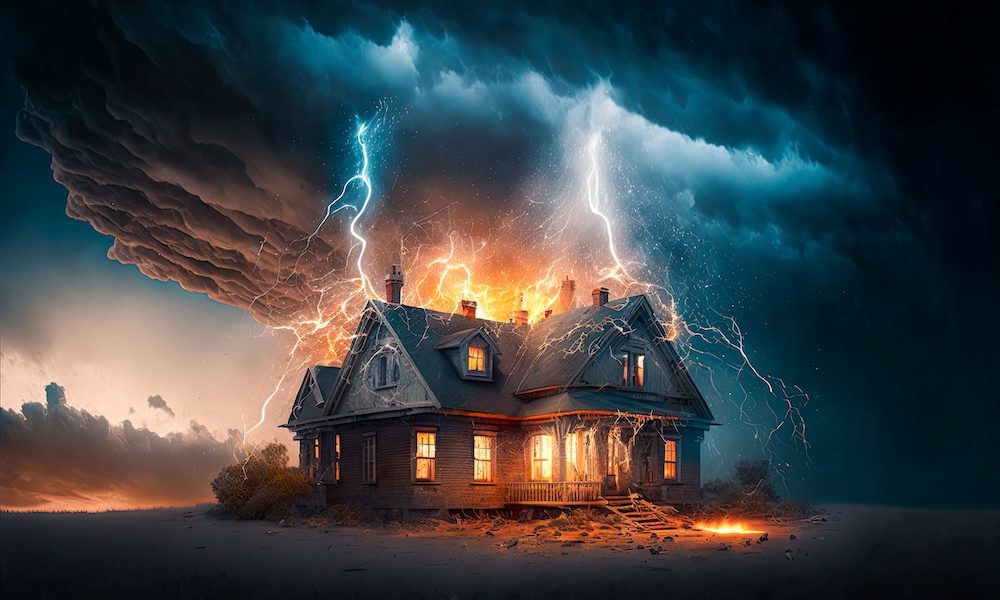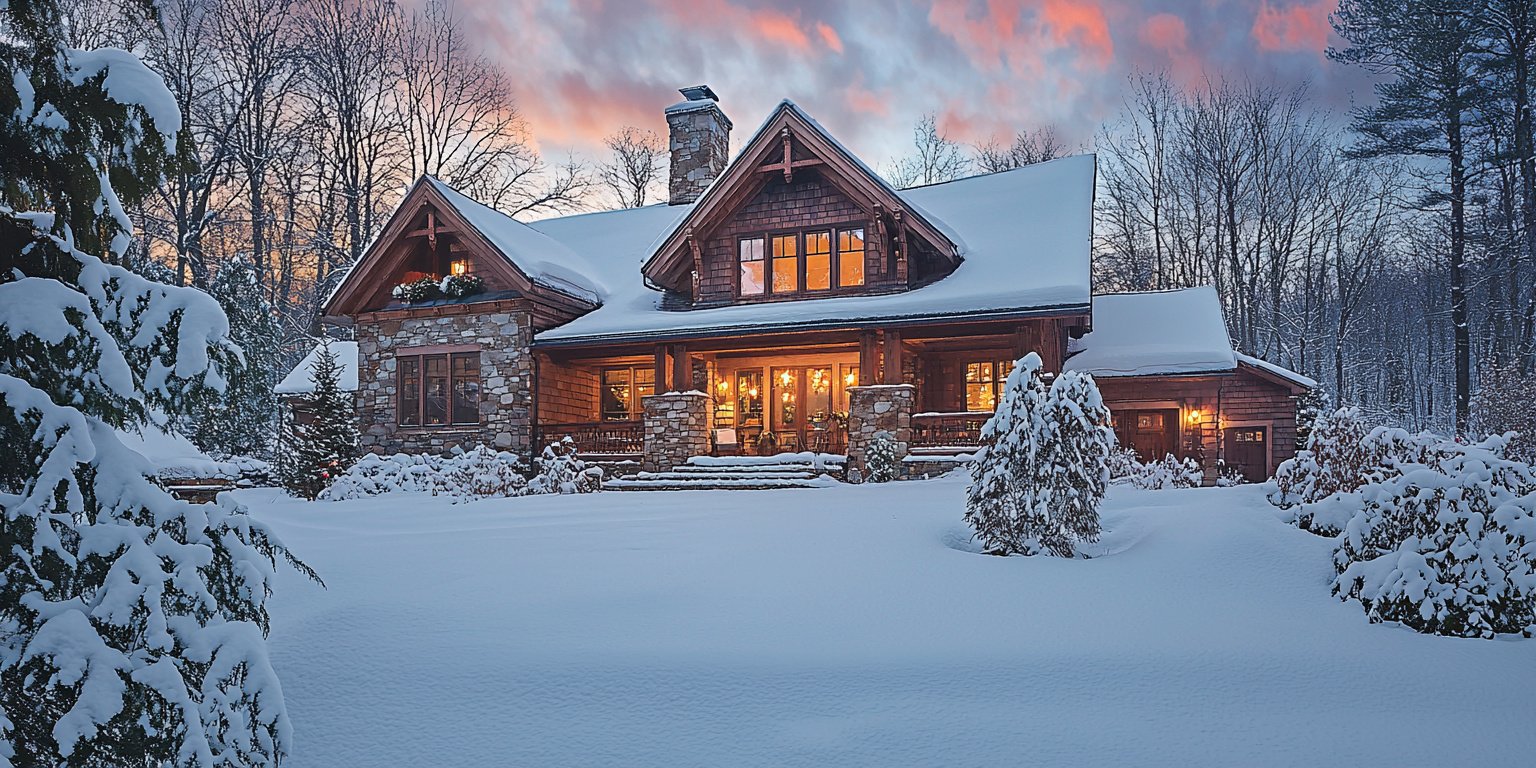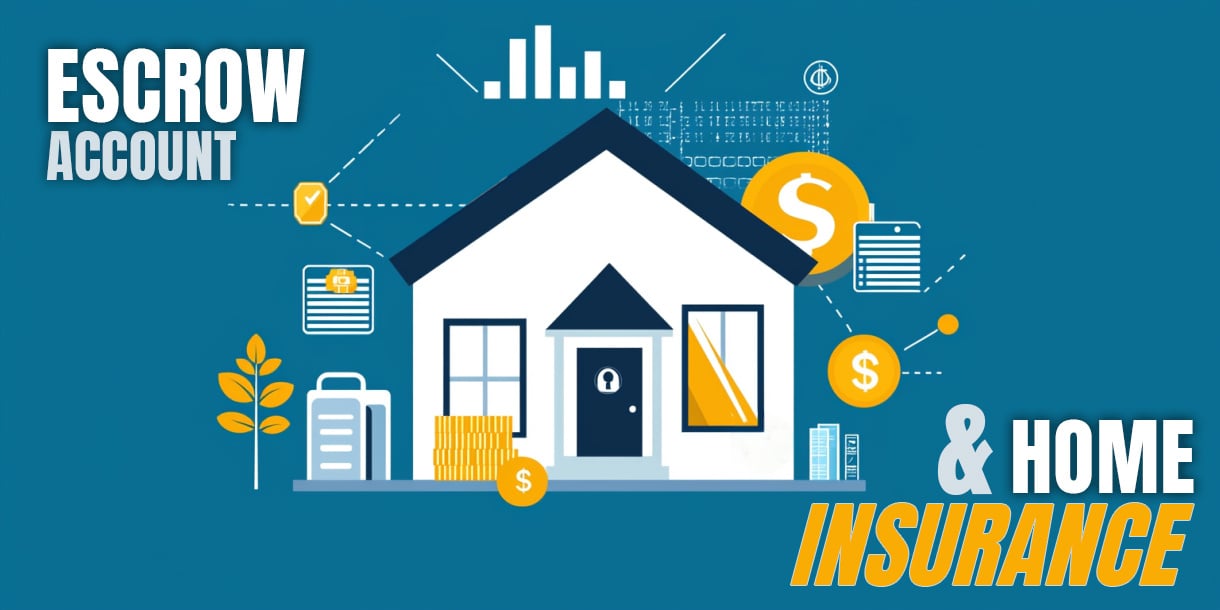When a Tree Falls on Your Home: A Central New York Homeowner's Guide to Insurance Coverage
April 9th, 2025
4 min read
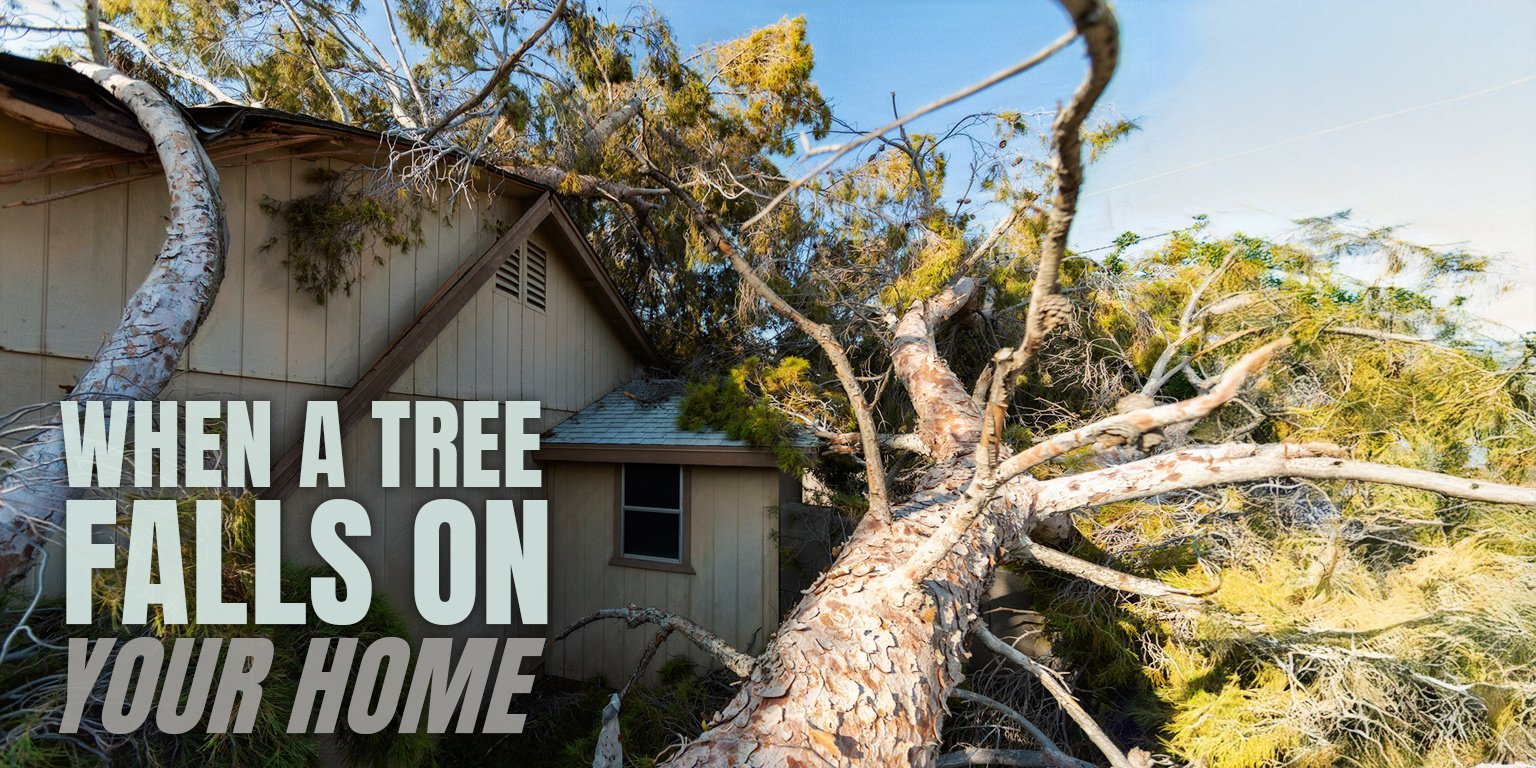
Central New York homeowners face unique challenges with our seasonal weather. From Syracuse to Baldwinsville, heavy snow, ice storms, and strong winds can turn the trees around your property into potential hazards.
When disaster strikes and a tree crashes onto your roof, uncertainty about insurance coverage only adds to the stress. Many homeowners don't understand which insurance policy applies when a tree falls.
At the Horan insurance agency, we help Central New York residents understand their coverage options for tree damage situations. With connections to various insurance carriers, we aim to offer insights about tree damage claims that can help you make informed decisions.
In this article, we'll explain whose insurance pays for fallen tree damage, what happens when negligence is involved, and practical steps to take if a tree damages your home.
How Insurance Coverage Works When Trees Fall on Your Property
Insurance claims for fallen trees follow specific guidelines that differ depending on whose property the tree originated from and the condition of the tree before it fell.
In most situations, your homeowners insurance typically covers damage to your house from a fallen tree, regardless of where the tree stood before falling. This means if your neighbor's healthy maple tree breaks during a Cicero ice storm and damages your roof, your homeowners insurance—not your neighbor's—generally covers the repairs to your property.
The same principle applies in reverse. If a tree from your yard falls and damages your neighbor's garage during a Liverpool windstorm, their homeowners insurance generally covers their property damage.
This arrangement might seem counterintuitive, but insurance companies designed these provisions to streamline the claims process and reduce disputes between neighbors.
When Negligence Changes Who Pays for Tree Damage
The standard "your property, your insurance" guideline changes when negligence enters the picture. If you notice a tree on your property shows significant signs of disease or damage that make it a clear hazard, you assume responsibility for addressing that risk.
For Central New York homeowners, this means monitoring trees after harsh winters or following significant storm events when damage might not be immediately obvious. If you fail to take action on a visibly dangerous tree, and it later falls and causes damage, you might face liability for the resulting damages.
 For example, if your neighbor repeatedly expressed concerns about your dead oak tree leaning toward their Syracuse home, and you took no action to remove it before it fell during a modest storm, their insurance company might seek reimbursement from you for the claim they paid.
For example, if your neighbor repeatedly expressed concerns about your dead oak tree leaning toward their Syracuse home, and you took no action to remove it before it fell during a modest storm, their insurance company might seek reimbursement from you for the claim they paid.
If you're found negligent, the personal liability portion of your homeowners insurance policy typically responds to these claims. Your insurance company will also provide legal defense if your neighbor sues you over the tree damage, with legal defense costs generally provided in addition to your policy's liability limits.
Documentation Matters in Tree Damage Disputes
Written communication about hazardous trees creates a record that can influence claim outcomes. If you worry about a neighbor's tree threatening your Central New York home:
- Document the condition with dated photographs showing the tree's decay or damage
- Send a certified letter to your neighbor describing your concerns
- Keep copies of all correspondence about the tree
- Consider contacting your municipality if local ordinances address hazardous trees
This documentation establishes a timeline of awareness that becomes valuable if the tree eventually causes damage.
Another option worth discussing with your insurance agent is the "damage to property of others" coverage found in most homeowners policies. This coverage, typically limited to around $1,000, can sometimes address minor damage without requiring a liability judgment or determination of fault. This can be useful for preserving neighborly relationships in minor incidents.
Steps to Take After a Tree Falls on Your Home
When a tree damages your Central New York home, take these immediate actions:
- Ensure everyone's safety by evacuating if necessary
- Document the damage with photographs before any cleanup begins
- Contact your insurance company or agent to report the claim
- Take reasonable steps to prevent additional damage, such as covering a damaged roof with a tarp
- Keep receipts for any emergency repairs or temporary accommodations
Remember that most homeowners policies include limited coverage for debris removal, but with important conditions. Typically, insurance only covers tree removal costs if the tree damaged an insured structure or is blocking access to your home, such as your driveway or doorway.
If a tree simply falls in your yard without hitting anything and isn't blocking an entrance, you'll likely be responsible for the removal costs yourself. This distinction matters for Central New York properties with multiple trees, where cleanup costs can add up quickly after storms.
What if you don't have insurance and a neighbor's tree damages your home? If you believe the neighbor was negligent in maintaining the tree, you may still have options. You could file a liability claim against their homeowners insurance if you can demonstrate they knew about the hazardous condition but failed to address it. Without evidence of negligence, however, you'll likely be responsible for your own repairs.
Learn why fallen trees are among the 6 most common home insurance claims in CNY.
Maintaining Trees to Reduce Your Risk
Prevention remains the most effective strategy for avoiding tree damage claims. For Central New York homeowners, this means:
- Inspect trees annually, particularly after harsh winters
- Prune dead branches before they become hazards
- Consider removing diseased or structurally compromised trees
- Consult with certified arborists for expert assessment of questionable trees
These proactive measures not only reduce your risk but also demonstrate responsible property maintenance that helps protect you from negligence claims.
Understanding How Your Homeowners Insurance Responds to Tree Damage
Tree damage claims reveal the importance of understanding your homeowners insurance coverage before damage occurs. Deductibles apply to these claims just as they do for other covered perils, and you want to know what to expect before filing.
When evaluating your coverage, consider whether your policy includes:
- Replacement cost for damaged structures
- Living expenses if your home becomes uninhabitable
- Coverage for other structures like detached garages or sheds
- Limitations on debris removal costs
If a tree falls on a vehicle rather than a structure, the vehicle owner's auto insurance would handle the claim under their comprehensive coverage, not their homeowners policy. This distinction matters for Central New York households with multiple vehicles parked on their property.
The Horan insurance agency provides information to Central New York homeowners about insurance coverage for property damage from fallen trees. We can discuss coverage options from different carriers and share insights about potential claim scenarios based on your situation.
Click the Get a Quote button below to learn more about homeowners insurance coverage for tree damage in Central New York.
Daniel is an accomplished content creator. He has been working in publishing for almost two decades. Horan Companies hired Daniel as its content manager in November 2022. The agency entrusted its messaging to him. Since then, Daniel has written insurance articles, service pages, PDF guides, and more. All in an effort to educate CNY readers. He's helping them understand the world of insurance so they can make informed decisions.
Topics:






